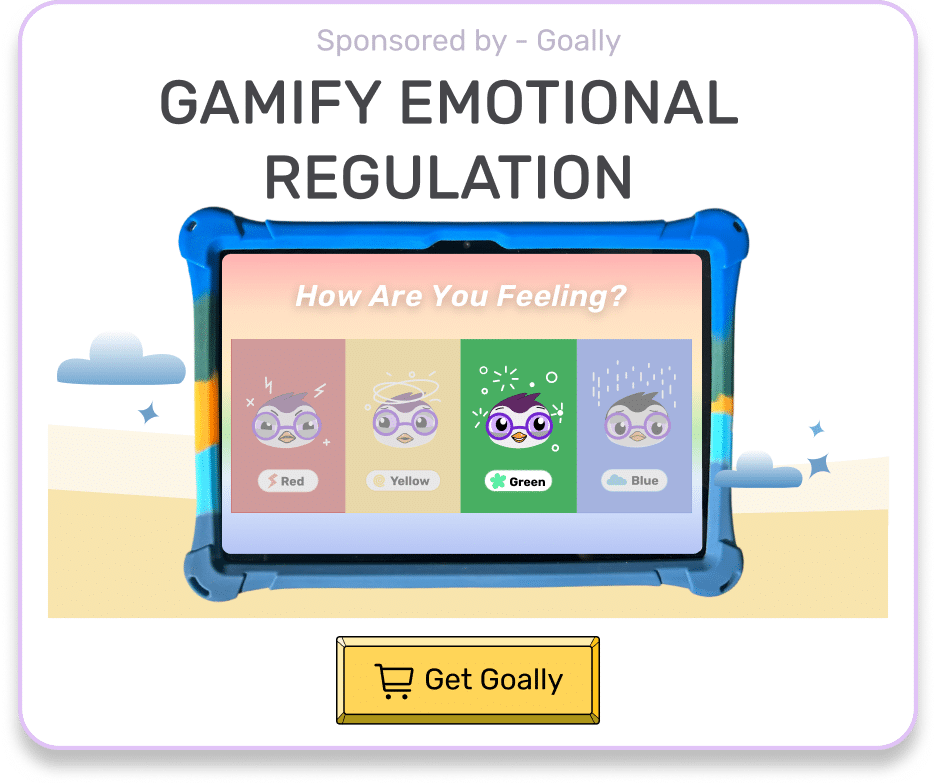Are you tired of feeling like a stress ball, constantly juggling the demands of parenting neurodivergent kids? Please take a deep breath and exhale because we’ve got a game-changer for you. Gratitude is strongly and consistently associated with greater happiness. Introducing 7 Gratitude Journal Prompts that will not only reduce stress but also boost your positivity. These prompts are specifically for caregivers and parents of kids with thinking and learning differences, helping you find moments of gratitude amidst the chaos. So, grab your favorite pen, and let’s dive into a world of self-reflection and appreciation that will leave you feeling lighter and more optimistic. Trust us; your mind (and your kids) will thank you!
Table of Contents
1. The Silver Lining: Finding Positivity in Challenging Situations
Life with neurodivergent kids can be a rollercoaster of emotions. Use this gratitude journal prompt to focus on the bright side of a challenging situation: “What is one positive thing that was a result of a difficult moment today?” By reflecting on the silver lining, you’ll train your brain to spot the good in every situation, making it easier to stay positive.

2. Small Victories: Celebrating Daily Achievements
Sometimes, it’s the small things that create the biggest difference. With this prompt, take a moment to appreciate the small victories: “What is one small achievement that you or your child accomplished today?” Celebrating these tiny triumphs can help boost your mood and remind you of the progress you’re making together.

3. The Support Squad: Appreciating Your Network
It takes a team of people to raise a kid, especially when it comes to kids with thinking and learning differences. This gratitude journal prompt encourages you to recognize the people who support you. “Who is someone that helped you or your child today, and how did they make a difference?.” Acknowledging the support you receive can strengthen your relationships and foster a sense of community.
4. The Power of Laughter: Recalling Joyful Moments
Laughter is the best medicine, and it’s essential to find humor in everyday life. Use this prompt to reminisce on a recent funny moment. “What made you or your child laugh today?.” By focusing on the lighter side of life, you’ll cultivate a more optimistic outlook and reduce stress.
5. The Learning Curve: Embracing Growth and Progress
Every day is a learning experience for both you and your neurodivergent child. This gratitude journal prompt invites you to reflect on growth. “What is one thing you or your child learned today?.” Embracing the learning process can help you stay motivated and appreciate the journey.
6. The Love Connection: Cherishing Special Bonds
The bond between a parent and their child is unique and powerful. This prompt encourages you to celebrate that connection. “What is one moment you shared with your child today that made you feel closer?.” By focusing on these special moments, you’ll nurture your relationship and create lasting memories.

Read more: 5 Emotional Regulation Activities
7. The Self-Care Reminder: Prioritizing Your Well-being
As a caregiver, it’s crucial to take care of yourself too. Use this gratitude journal prompt to acknowledge your self-care efforts. “What is one thing you did for yourself today?” Recognizing the importance of self-care can help you maintain a healthy balance and be the best parent you can be.
Tired of Emotional Meltdowns?
Goally’s Mood Tuner app has activities for kids with BIG emotions. Teach kids how to tune their mood with Goally. See fewer meltdowns.
The Mood Tuner app encourages kids to look inwards and identify their feelings, helping them understand what’s going on inside. Once they’ve recognized their emotions, they can choose from a 20+ activities designed to help them self-regulate and find their balance.

In a nutshell, incorporating these 7 Gratitude Journal Prompts into your daily routine can work wonders for reducing stress and boosting positivity. As caregivers and parents of neurodivergent kids, it’s essential to find moments of gratitude and self-reflection amidst the whirlwind of daily life. By focusing on the positives, celebrating achievements, and nurturing relationships, you’ll cultivate a more optimistic outlook and create a happier, healthier environment for both you and your child. So, go ahead and give these prompts a try – the transformation they may bring will be surprising.
This post was originally published on 04/13/2023. It was updated on 06/23/2023.

Goally
We help parents teach their kids life skills, like doing bedtime and morning independently. Backed by science, we incorporate evidence-based practices and expert-informed designs in all of our apps and content.





